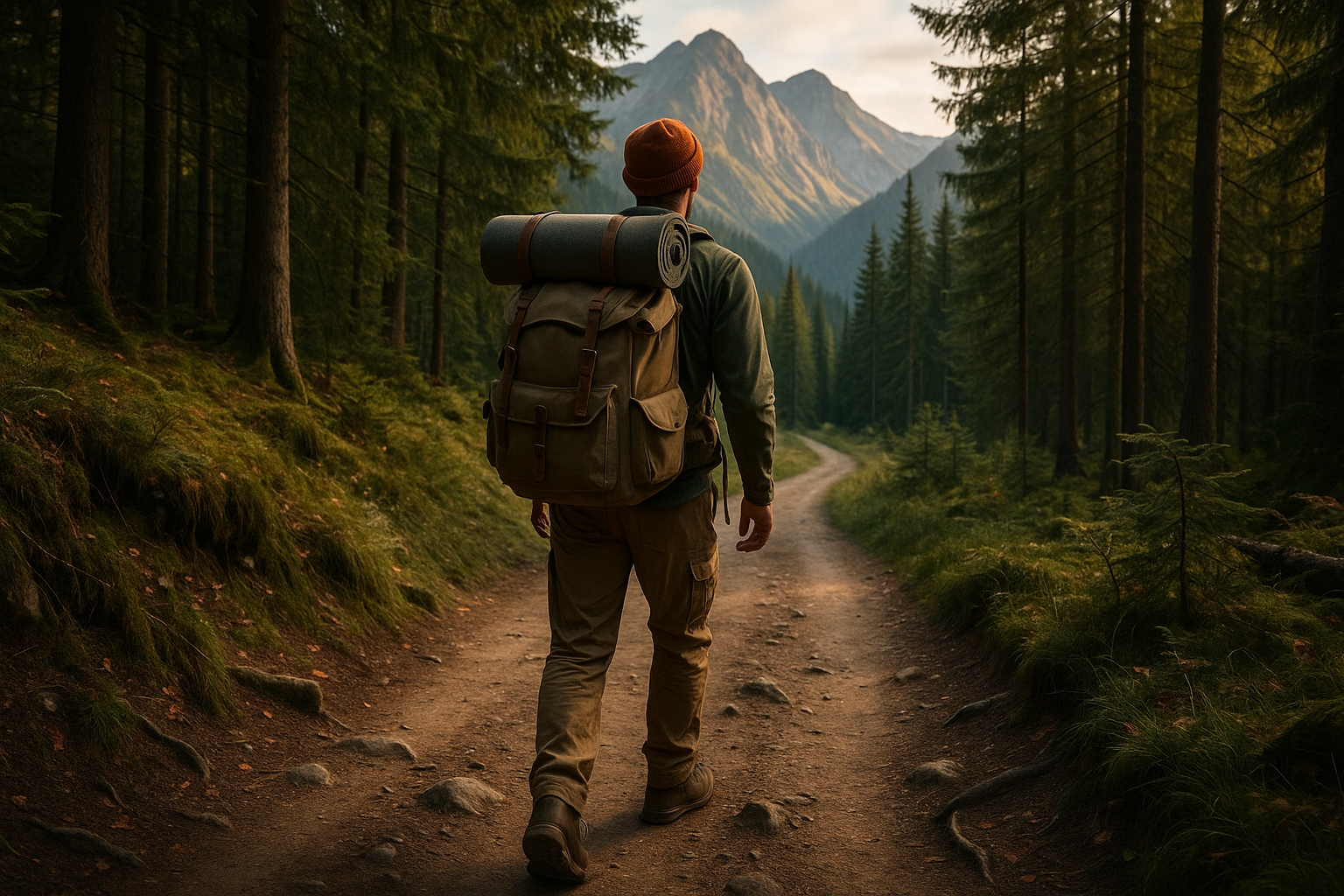The Renaissance of Long-Distance Hiking: A Journey into the Past and Future
Long before the convenience of modern transportation, the beauty of foreign landscapes was experienced one step at a time. As our world accelerates, a growing number of adventurers are choosing to slow down, rediscovering the age-old practice of long-distance hiking. This trend is a journey into the past, a renaissance of an old tradition, and a peek into the future of sustainable travel.

Long-distance hiking is not a new phenomenon. Our ancestors have been traveling on foot since the dawn of humanity, covering vast distances in search of food, shelter, and new lands. Pilgrims, traders, and explorers have all contributed to the history and culture of long-distance walking, and their legacy continues to shape the trends of today.
A Walk Through Time: The History of Long-Distance Hiking
The history of long-distance hiking is as diverse as the trails themselves, each with its unique narrative and cultural significance. The Camino de Santiago in Spain, for example, has been a sacred path for Christian pilgrims since the Middle Ages. The Appalachian Trail in the United States, on the other hand, is a relatively recent development, having been conceived in the 1920s as a way to reconnect people with nature.
The Modern Revival: Current Trends and Insights
In the 21st century, long-distance hiking has seen a significant resurgence. This revival has been fueled by various factors, including a growing emphasis on wellness, a desire to connect with nature, and the appeal of digital detox. The pandemic has further propelled this trend, with many people turning to long-distance hiking as a safe and socially distant travel option.
The Long Road Ahead: The Future of Hiking Travel
Looking ahead, this trend shows no signs of slowing down. As travelers seek more immersive, meaningful, and sustainable adventures, long-distance hiking will continue to be a popular choice. Moreover, innovations in gear technology and trail infrastructure are making it more accessible and enjoyable for people of all ages and fitness levels.
The Ups and Downs: Advantages, Challenges, and Impact on Travelers
Long-distance hiking offers numerous benefits, from improved physical health to psychological well-being. It provides an opportunity to disconnect from the digital world and reconnect with oneself and nature. However, it also presents challenges such as physical exertion, weather conditions, and logistical planning. Despite these hurdles, the transformative impact on travelers is undeniable, often leading to profound personal growth and a deeper appreciation of our planet.
Quick Steps: Practical Advice for Aspiring Long-Distance Hikers
-
Start with shorter trails to build endurance and confidence.
-
Invest in good quality hiking gear, especially footwear.
-
Plan your route carefully, considering factors like weather, terrain, and accommodation.
-
Prioritize safety. Always let someone know your route and expected return.
-
Pack wisely. Remember, every ounce counts when you’re carrying it on your back.
In conclusion, the resurgence of long-distance hiking is more than just a trend; it’s a testament to our innate desire to explore, connect, and challenge ourselves. As we embark on these journeys, we not only discover new landscapes but also rediscover ourselves. Whether you’re a seasoned hiker or a curious beginner, the trail awaits. Step by step, let’s rediscover the joy of journeying at our own pace.




